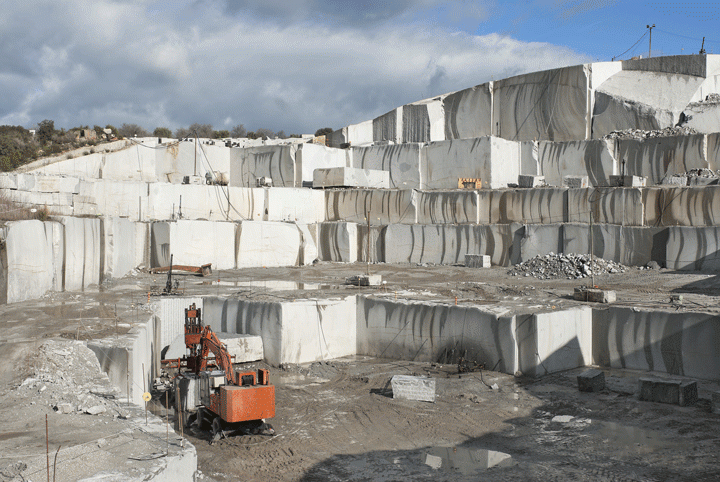Granite Quarries in South Africa Marvels: Exploring the Quarry Landscape
Revealing the Mysteries of Granite Quarrying: Where Stamina and Beauty Meet
The globe of granite quarrying is a realm where the raw stamina of nature converges with human creativity to develop structures that stand the examination of time with an air of sophistication. From the depths of quarries to the meticulous polishing in workshops, the process of transforming granite into architectural marvels is a complicated dance of tradition and development. As we peer into the midsts of this ancient craft, we start to reveal the concealed intricacies that shape the very essence of our constructed setting.
The Origins of Granite Quarrying
In the annals of architectural background, the origins of granite quarrying are shrouded in a tapestry of old craftsmanship and geological wonders. Going back to old Egypt and Mesopotamia, the extraction of granite from quarries noted the start of a trip that would ultimately lead to the creation of a few of the world's most iconic structures.
Granite quarrying's roots can be mapped to the competent artisans who identified the stone's sturdiness and visual appeal. Via a combination of primitive tools and sheer determination, these very early quarry workers unearthed granite blocks that would become the structure blocks of human beings.
As worlds developed, so did the methods of quarrying granite. The Romans, renowned for their engineering expertise, created innovative techniques for extracting granite to construct monuments, temples, and roadways that stood the examination of time.
The heritage of these old quarrying techniques proceeds to form modern-day style, with granite continuing to be a symbol of toughness and beauty in building tasks around the globe. (granite quarries in south africa)
Devices of the Quarrying Trade
The evolution of granite quarrying methods from old human beings to modern times highlights the critical duty played by the tools of the quarrying sell forming the market's techniques. In ancient times, quarrying devices were basic, frequently containing knives, hammers, and wedges made from materials like bronze or iron. These tools needed significant workforce and time to extract granite blocks from quarries.

Additionally, the intro of pneumatically-driven tools and high-powered equipment has actually substantially decreased the physical you can try these out labor called for in quarrying operations, boosting employee safety and security and productivity. As the quarrying industry remains to innovate, the tools of the profession remain at the forefront of driving progress and forming the future of granite extraction.
Extracting Blocks of Granite
Using accuracy machinery and advanced strategies, the removal of granite blocks from quarries has ended up being a sophisticated process in the modern-day quarrying industry. Controlled blowing up strategies are then employed to damage apart the granite into workable areas.

Sprucing Up and Finishing Techniques
To accomplish a flawless surface area on granite blocks, knowledgeable craftsmens utilize a series of meticulous sprucing up and finishing techniques. After the first extraction and forming processes, the granite blocks undergo an extensive polishing phase to boost their all-natural appeal and sturdiness.
In enhancement to sprucing up, ending up strategies are used to further fine-tune the granite's appearance. By carefully choosing and applying these polishing and finishing strategies, craftsmens can change raw granite blocks right into beautiful items that showcase both toughness and sophistication.

Environmental Impact and Sustainability
With the expanding focus on ecological awareness in the market, granite quarrying methods are progressively looked at for their influence on all-natural resources and long-term sustainability. In addition, the transportation of granite linked here from quarries to refining centers generates carbon discharges, even more adding to environmental deterioration.
To alleviate these impacts and guarantee sustainability in granite quarrying, sector stakeholders are taking on different steps. Executing sophisticated technologies to minimize energy consumption and water usage, redeeming quarried land for ecological restoration, and advertising responsible sourcing methods are some strategies being used. Additionally, qualifications such as the Forest Stewardship Council (FSC) and the Management in Power and Environmental Design (LEED) assistance customers determine eco-friendly granite products.
Conclusion
To conclude, granite quarrying is a process that calls for specialized tools and methods to extract blocks of granite and brighten them to a high degree of coating. While the ecological influence of quarrying can be substantial, efforts are being made to enhance sustainability practices in the sector. On the whole, granite quarrying is a delicate equilibrium in between utilizing the strength and sophistication of this natural stone while decreasing its influence on the setting.